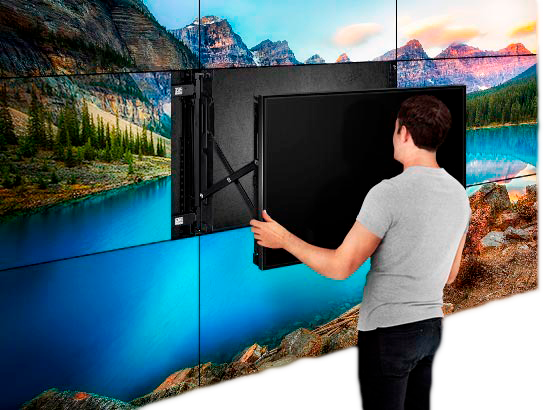Investigating the Key Elements That Influence Hue Uniformity in LED Panel Panels for Optimal Display Performance
Investigating the Key Elements That Influence Hue Uniformity in LED Panel Panels for Optimal Display Performance
Blog Article
Hue consistency in light-emitting diode wall screens is crucial for achieving maximum optical performance. LED wall panels are commonly used in multiple settings, including musical events, conferences, and promotional showcases. When the colors on these panels are consistent, they create a more engaging and immersive encounter for audiences. Several critical factors influence color consistency, including the caliber of the light-emitting diode elements, calibration procedures, and surrounding factors.
The quality of the LED components plays a major role in color consistency. Various types of light-emitting diodes produce light at different frequencies, which can influence the overall hue output. Premium light-emitting diodes are engineered to generate a more uniform light spectrum, resulting in improved hue precision. Additionally, the production method of these light-emitting diodes can impact their performance. Panels made with high-grade materials and technology tend to have less hue differences, guaranteeing that the shown pictures and footage look vibrant and true to life.
Tuning is another essential factor in preserving color consistency in light-emitting diode wall screens. Calibration entails modifying the settings of the screen to make certain that the colors displayed match the desired appearance. This process can consist of adjusting brightness, contrast, and hue equilibrium. Regular tuning is necessary, especially in environments where illumination factors change often. By tuning the panels, technicians can fix any inconsistencies in color result, resulting to a more uniform observing experience.
Environmental factors also affect hue consistency in LED wall screens. Elements such as ambient light, temperature, and humidity can affect how hues are perceived. For instance, bright surrounding light can dull colors, making them appear less vibrant. Similarly, harsh heat can influence the performance of the LEDs, leading to hue changes. To mitigate these issues, it is essential to place light-emitting diode wall panels in controlled settings where lighting and temperature can be managed efficiently.
Lastly, the layout and layout of the LED wall panels can affect hue consistency. The configuration of the panels, as well as the spacing from which they are viewed, can create variations in color perception. When screens are arranged too distant apart or at varied positions, viewers may notice discrepancies in hue. To obtain the optimal optical output, it is crucial to take into account the positioning and alignment of the This Site panels during installation. By addressing these factors, operators can guarantee that their light-emitting diode wall screens deliver a consistent and high-quality visual encounter.